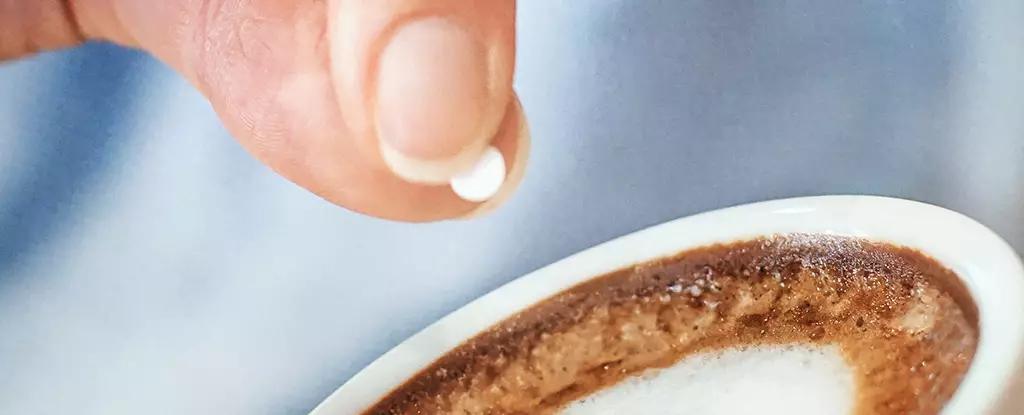Artificial sweeteners have long been the subject of heated debates concerning their health effects. While some decry them as harmful, others herald them as a solution to diabetes and obesity. But there exists a paradox: amidst their contentious reputation lies a potential savior in the war against one of modern medicine’s gravest threats—antibiotic resistance. The prevailing narrative often overlooks the dual nature of these chemicals, forcing society into an ideological corner where the dangers far outweigh their benefits. However, a recent study led by researchers at Brunel University in the UK suggests that saccharin, a widely used artificial sweetener, might just have a part to play in combating the ominous rise of drug-resistant bacteria.
Understanding the Study’s Breakthrough
Ronan McCarthy, a microbiologist spearheading this groundbreaking research, asserts that saccharin disrupts the structural integrity of various bacterial strains. During lab tests, they observed that saccharin effectively compromised the cell walls of pathogens, including notorious culprits like Staphylococcus aureus and E. coli. The data provides a glimpse into a potential breakthrough in antimicrobial research; could a common sweetener act like an antibiotic? The findings indicate that saccharin not only incapacitates certain bacteria but also enhances the efficacy of existing antibiotics by facilitating their entry into resistant strains.
What is startling about this discovery is not merely its implications for public health, but the financial and temporal efficiency it could afford. Developing new antibiotics typically requires billions of dollars and extensive research timelines, often spanning decades. Saccharin, however, is already FDA-approved and widely consumed, positioning it as a novel antimicrobial with practical applications and far-reaching consequences.
A Glimmer of Hope Against Superbugs
The rising tide of antibiotic resistance is sobering; millions succumb to infections caused by resistant bacteria every year. The implications for procedures that rely on antibiotics, from minor dental work to complex cancer treatments, are nothing short of catastrophic. As we grapple with a healthcare crisis exacerbated by the ineffectiveness of current antibiotic treatments, the promise offered by saccharin is a welcome narrative.
This treatment paradigm positions saccharin not just as a band-aid for a wounded system but as a proactive weapon in the medical arsenal. The potential for this sweetener to be integrated into existing surgical practices, particularly in the form of innovative wound dressings, offers a practical and life-saving application. Abruptly, saccharin isn’t merely a sugar substitute but a multifaceted tool in the fight against antibiotic resistance.
Caution in the Face of Enthusiasm
However, while the study’s initial results read like a beacon of hope, we must resist the temptation to unconditionally embrace saccharin as a panacea for all ills. The full spectrum of effects attributed to artificial sweeteners on the human body remains inadequately understood. Caution is vital, especially considering that the very compounds that may help in one arena could cause unforeseen consequences in another. The excitement surrounding saccharin’s potential must therefore be tempered with rigorous clinical trials to elucidate its long-term impacts and practical viability in human medicine.
The jittery dance between hope and skepticism is not new; history has shown us that the rush to adopt new solutions without comprehensive understanding can lead to repercussions. As we cradle this promising candidate in our hands, we must advocate for balanced scrutiny rather than blind faith.
Rethinking the Sweetener Debate
As we advance in the fight against antibiotic resistance, this revelation regarding saccharin forces us to reevaluate our preconceived notions about artificial sweeteners. Emphasizing their potential benefits while acknowledging their drawbacks calls for a paradigm shift in the discourse surrounding these substances. Rather than viewing them solely through the lens of health risks, we must consider their potential in tackling one of modern medicine’s most formidable challenges.
Nonetheless, balancing public perception with scientific rigor is essential. Saccharin’s clash between its past reputation and potential future utility symbolizes the intricate relationship we maintain with food additives in general. As the narrative unfolds, our responsibility is to advocate for evidence-based reforms that marry innovation with caution, aiming toward a healthier future imbued with both sweetness and sustainability.


Leave a Reply